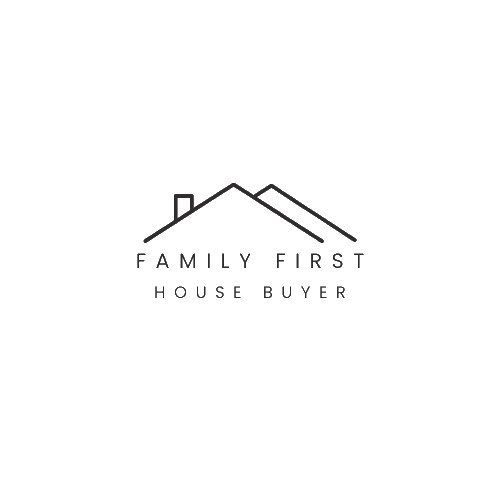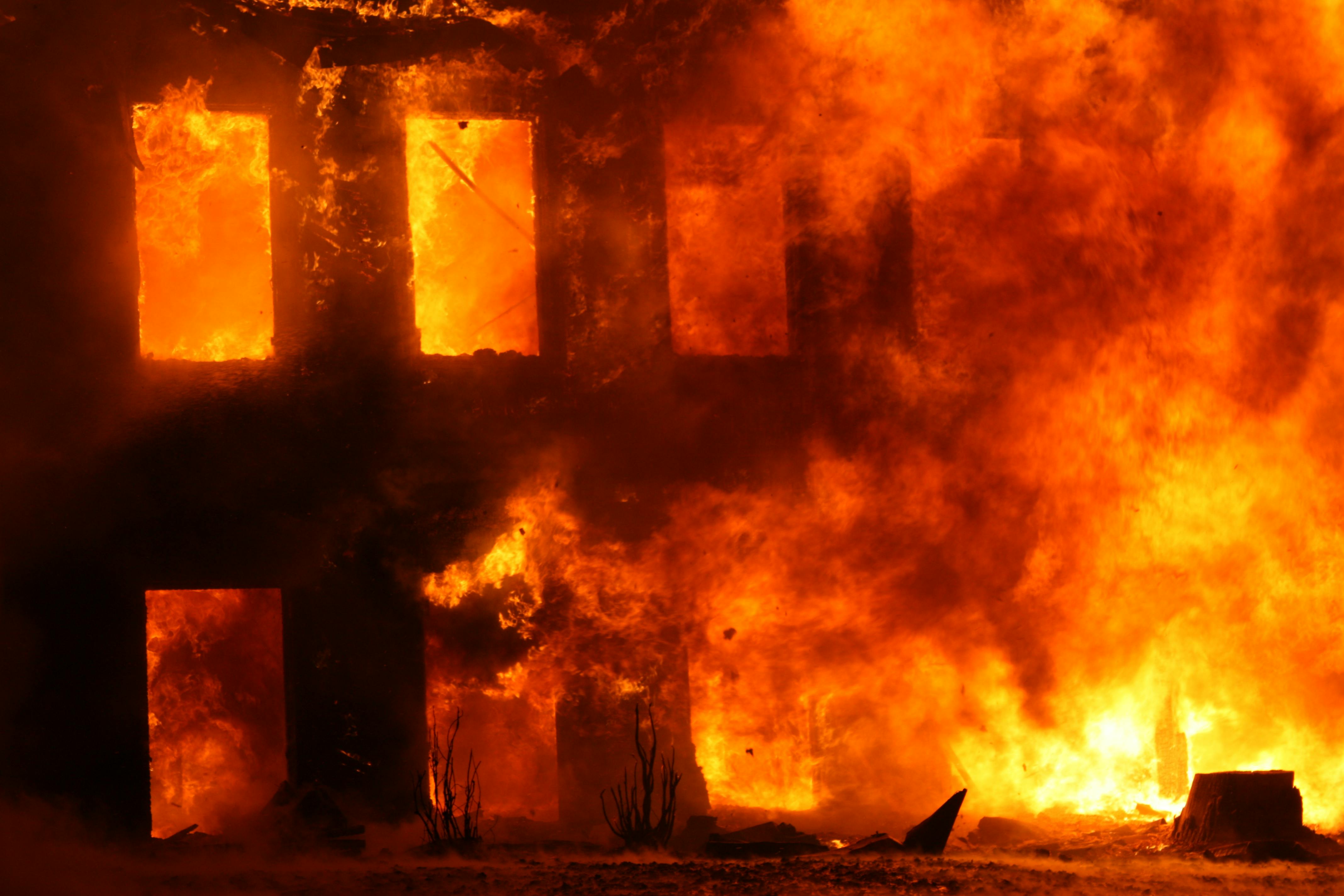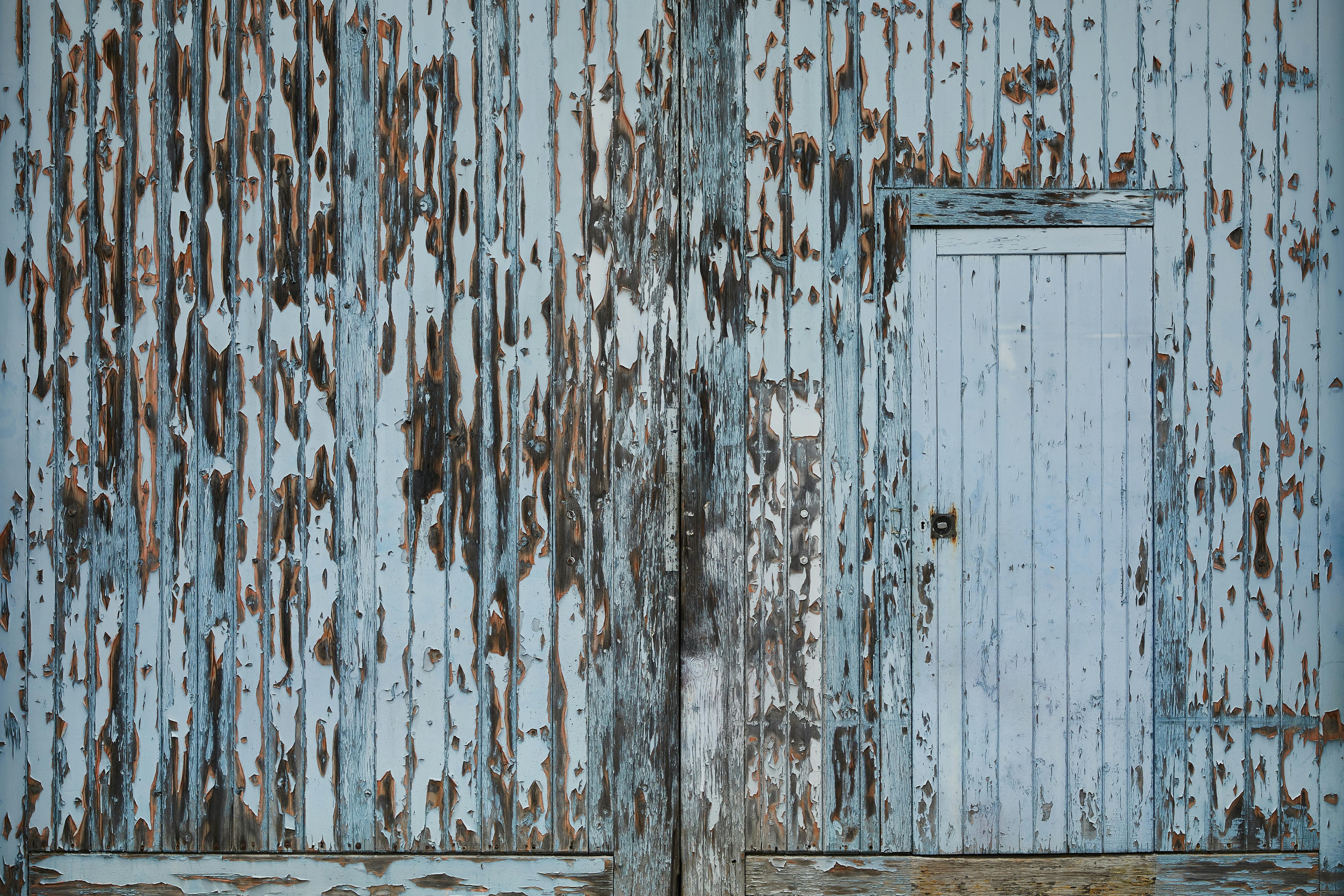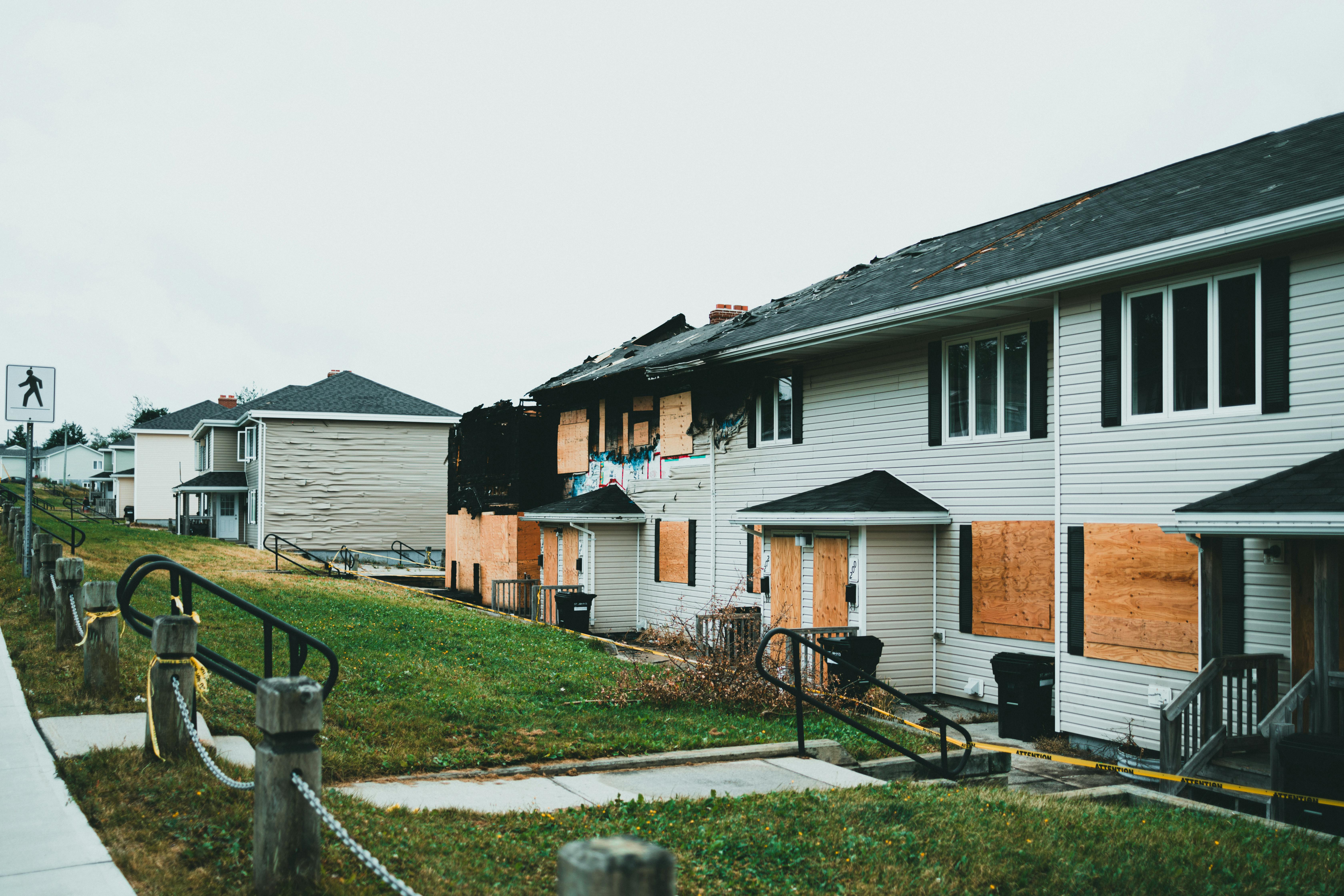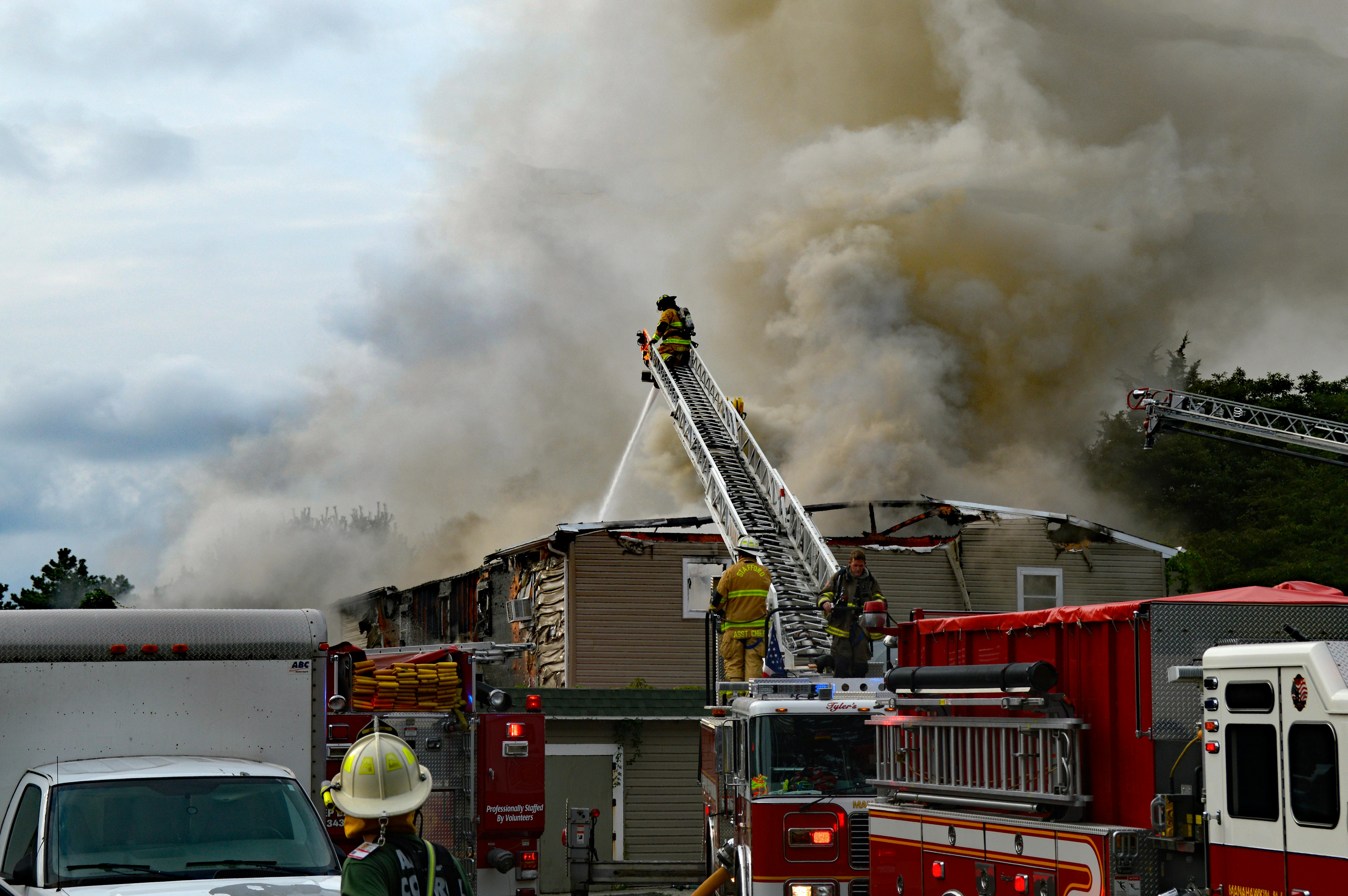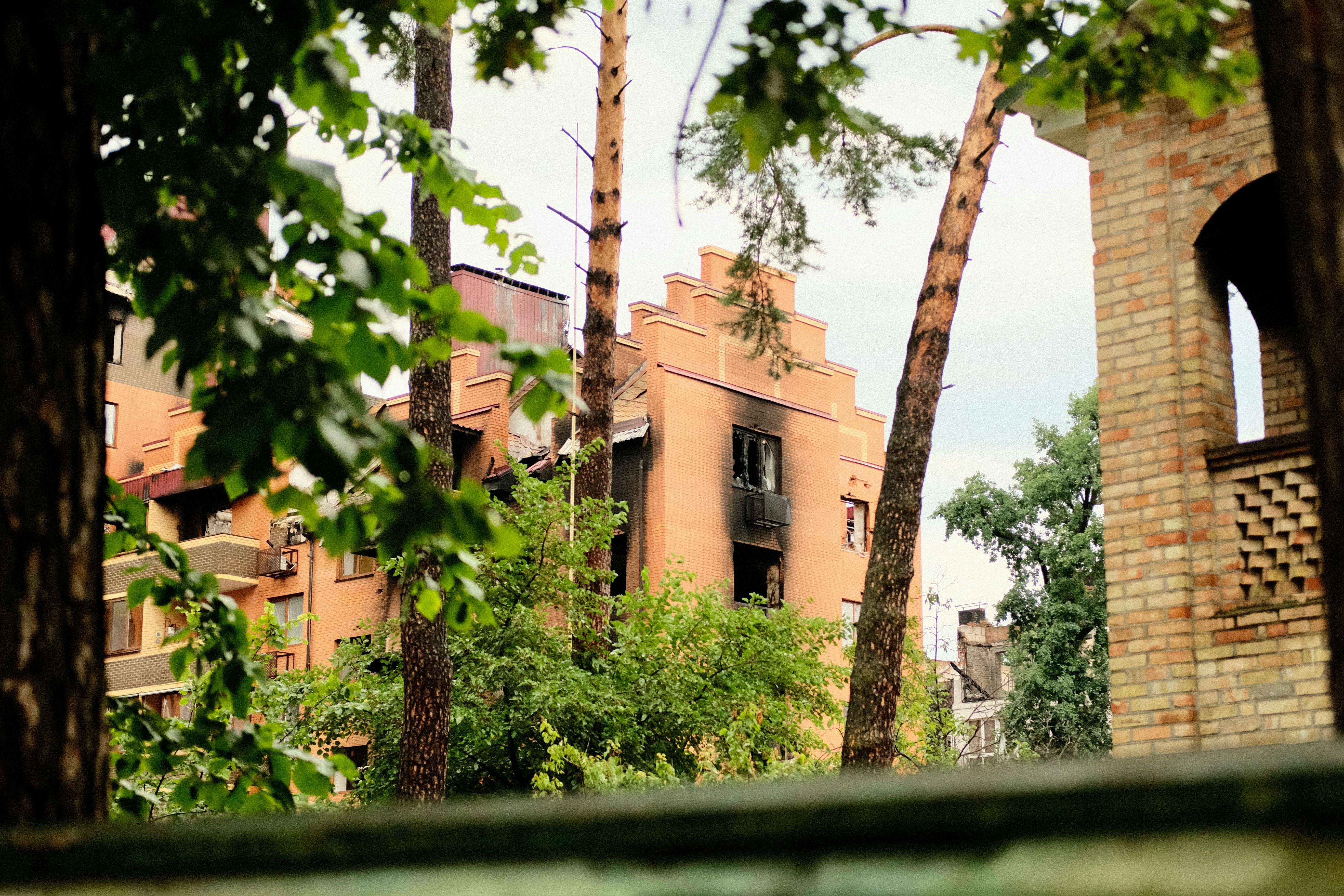Help! My Last Tenant Trashed My Alberta House
Are you a frustrated landlord in Alberta who has had their property destroyed by a troublesome tenant? If so, you’ve come to the right place for some helpful advice. Dealing with a trashed property can be overwhelming and financially burdensome, but there are steps you can take to protect yourself and recover your losses. In this article, we will delve into the common problems landlords face when tenants trash their houses, and provide you with practical solutions to navigate this difficult situation. From understanding your rights as a landlord to filing insurance claims and conducting thorough tenant screenings, we’ve got you covered. So, whether your Alberta house was left in a state of ruin or suffered extensive damage, don’t despair. With the right information and a strategic approach, you can overcome these challenges and restore your property to its former glory. Let’s get started and ensure that this never happens to you again.
Documenting the Damage: Importance of Thorough Documentation
The first step any landlord in Alberta should take when they discover their property has been trashed is to document all the damage meticulously. Start by taking high-quality photographs and videos of each affected area. It’s crucial to capture clear evidence to support potential legal and insurance claims. Not only will this documentation serve as proof of the extent of the damage, but it will also help in accurately estimating repair costs.
Visual records should be accompanied by detailed written descriptions of the damage. Make sure to include the date of the inspection and initial discovery. Highlight specific damages, such as broken appliances, structural issues, and any hazardous conditions.
Assessing the Damage: Evaluating the Extent of the Trashing
Once you have documented the damage, assess its full extent. This process often involves a thorough inspection by professionals such as contractors or home inspectors. A professional assessment will provide a clear picture of what needs immediate attention and what can be addressed later. This evaluation is key to understanding the financial implications and planning for the necessary repairs.
Consider creating a priority list, categorizing damage based on factors like safety risks, structural integrity, and aesthetic concerns. This step ensures you’re allocating resources effectively for repairs.
Legal Considerations: Understanding Landlord Rights and Responsibilities
In Alberta, landlords have specific legal rights and responsibilities when dealing with rental property damage. Familiarize yourself with the Residential Tenancies Act, which outlines the procedures for handling tenant-induced damage. Landlords have the right to seek compensation for damages beyond normal wear and tear.
Before taking action, it might be wise to consult with a legal professional who specializes in landlord-tenant issues. They can provide guidance on the appropriate steps to take, such as formal communication with the tenant and documentation submission.
Insurance Coverage: Determining Coverage for Property Damage
After documenting and assessing the damage, closely review your insurance policy. Not all damages may be covered, given that typical homeowners’ insurance policies vary widely. If your policy includes coverage for vandalism or malicious damage, file a claim as soon as possible. Submitting all your documentation—photographs, inspection reports, itemized losses—will facilitate the claims process.
Be patient and prepared to provide further evidence or clarification during the claims review process. Having a detailed inventory of damaged items and an understanding of your policy will help in negotiations.
Cleaning and Repairs: Restoring the Property to Its Original Condition
Once insurance matters are under control, focus on repairing the damage. This step might involve hiring professional cleaning services if the property is significantly dirty or damaged. Depending on the severity, you may also need contractors for structural repairs or specialists for specific issues like plumbing, electrical, or pest control work.
Ensure that any repair team hired is reputable and carries appropriate insurance. Keep all your receipts and work orders, as these could be beneficial for both tax and legal purposes later.
Recovering Costs: Pursuing Compensation from the Tenant
If your tenant caused extensive damage, pursue compensation legally. This action typically involves sending a formal demand letter to your tenant, detailing the costs incurred and requesting payment. If the tenant fails to respond or comply, you might need to escalate the matter to small claims court.
Before pursuing legal action, weigh the potential costs against the likely recovery. Often, this process requires an examination of the tenant’s solvency and the likelihood of successful debt recovery.
Preventative Measures: Tips for Avoiding Future Tenant Damage
Preventative measures are crucial in safeguarding your property against future damage. Screen potential tenants thoroughly by checking references and conducting background checks. Consider requiring a security deposit that covers possible damages and outline clear maintenance responsibilities in your lease agreement.
Periodic inspections of the property, allowed within legal limits, can help spot issues early, allowing for prompt intervention. Building a good relationship with tenants can also foster a sense of accountability and care for the property.
